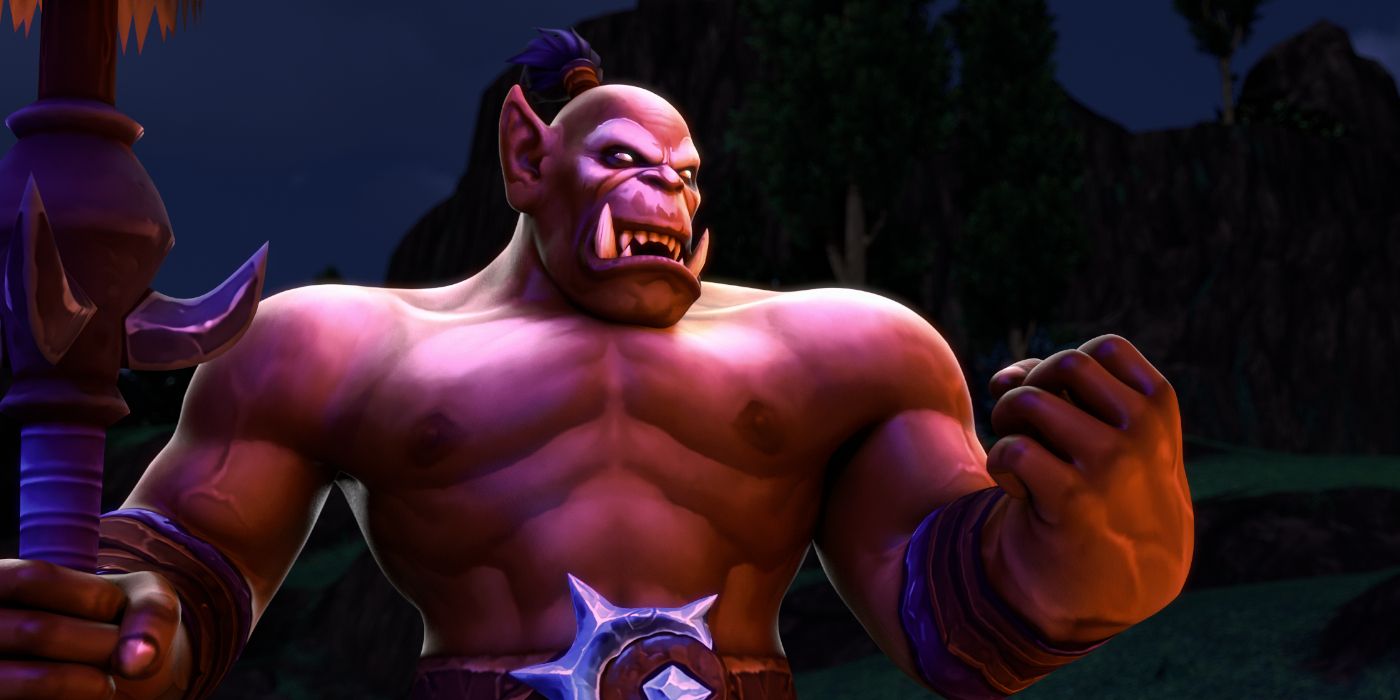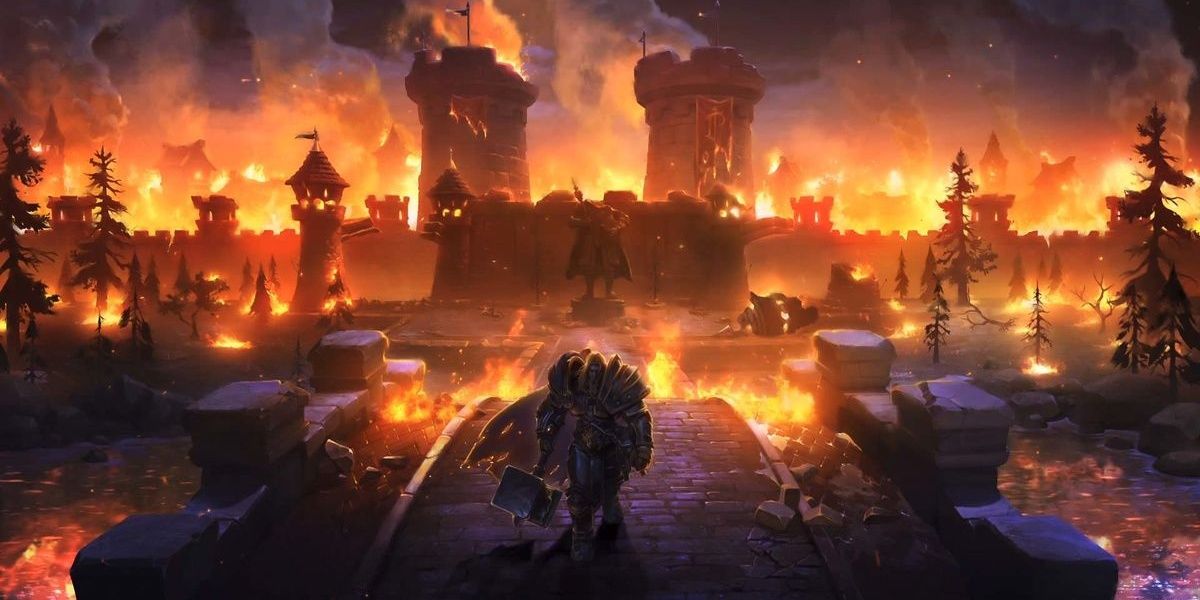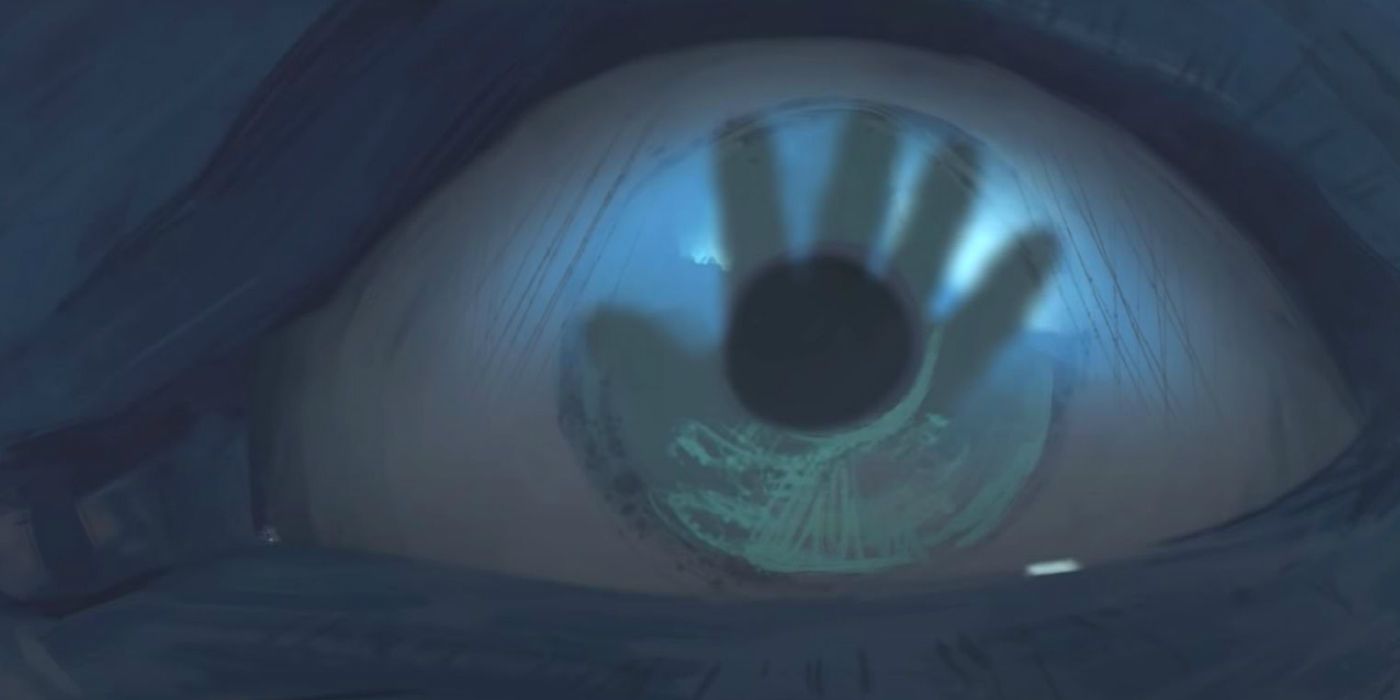World of Warcraft: Shadowlands has released, bringing back long-gone characters from across the Warcraft timeline as Azeroth’s adventurers dive into the realms of death itself. Players hoping to see deceased fan-favorites from tragically flawed blood elf prince Kael’thas Sunstrider to conniving Lich and doting cat owner Kel’Thuzad are in luck, but the return of some of Warcraft’s biggest names has far bigger implications than simple cameos or even the story of the new expansion alone.
The return of some of Warcraft’s most important lore characters in World of Warcraft: Shadowlands has the potential to completely reframe some of the biggest events in the story, dating all the way back to Warcraft 3. One character’s depiction in particular could change the story so far, depending on how Blizzard depicts him in Shadowlands.
The Sorry Soul of Arthas Menethil
Arthas Menethil is perhaps the most important character in Warcraft and World of Warcraft lore, up there with demon hunter Illidan Stormrage and Warchief Thrall. All of these characters’ stories began back in the series' real-time strategy days, with all three introduced in Warcraft 3’s campaigns before the MMORPG continued their stories.
Arthas was the heir to the throne of Lordaeron, the most important human nation in the north of the Eastern Kingdoms and the core of the Grand Alliance at it existed in the first two Warcraft strategy games. Over the course of the Warcraft 3 human and scourge campaign plotlines, players saw Arthas’ fall from a righteous Paladin of the Light to a servant of darkness, eventually merging his soul with Ner’zhul - an orcish Shaman first introduced as the antagonist of Warcraft 2: Beyond the Dark Portal - to become the Lich King.
Arthas’ story can be broken down into a few key moments. The first is the Culling of Stratholme. When the city of Stratholme became affected by a mysterious plague that was turning the citizens into the undead, Arthas made the call to purge the city, killing all of its residents to prevent the spread, much to the horror of his mentor Uther and his love interest Jaina Proudmoore.
The next big step in Arthas’ descent was when he traveled to Northrend to find the legendary runeblade Frostmourne, a sword capable of trapping the souls of each person it killed. The final step in Arthas’ transformation was when he ascended the spire to the Frozen Throne itself, broke the Lich King’s magical armor from its icy entombment, and put on the Helm of Domination. At that moment the souls of Arthas and Ner’zhul merged, creating the Lich King as seen in World of Warcraft.
The big question which has overshadowed much of Arthas’ story is this: to what extend was the young prince responsible for his actions? It’s possible that Arthas Menethil was under the magical influence of Ner’zhul the entire time, who begins whispering to him directly after a certain point in the story. On the other hand, certain early acts like the Culling of Stratholme are better explained as stemming from Arthas’ own righteousness than a desire to do evil, which could make him more tragically flawed than mind-controlled. Many fans have wondered whether Arthas should be considered a victim, a perpetrator, or, in some ways, both.
Shadowlands and the Return of Arthas
World of Warcraft: Shadowlands has the potential to answer that question. In Shadowlands Afterlives: Bastion, the spirit of Uther the Lightbringer personally delivers Arthas’ soul to the Maw after his final defeat atop Icecrown Citadel at the end of Wrath of the Lich King. What is not clear, however, is whether or not the soul that left the body of the Lich King was Arthas’ as it existed before he merged with Ner’zhul, or whether or not the human prince and the orc remained inseparable even in death.
It’s possible that the Ner’zhul part of the Lich King remains with the armor and Helm of Domination. This would make sense considering that Bolvar was able to take on the mantle of the Lich King, apparently with most of the same powers and the same change in his voice and eyes that Arthas underwent.
This could mean that the soul of Arthas that players will likely see in the Maw is the “pure” Arthas, unadulterated by Ner’zhul’s influence. If players get a proper chance to stay with this character, the true nature of Arthas’ personality could be revealed. Will he feel regret for his actions? Will he even remember all of them? Shadowlands offers lore-focused players the best opportunity they’ve had in the series so far to figure out just where Arthas ended and the Lich King began.
The answer to this question naturally has huge implications for almost all World of Warcraft lore since Warcraft 3. With Sylvanas Windrunner slowly catching up to Arthas as one of the most dangerous figures in the Warcraft lore, whether or not Arthas had free will during his quest to become the Lich King could determine just who the more villainous character is.
The questions won’t stop there, however. Ner’zhul, like Arthas, was also a victim to some extent. Once the leader of the Shadowmoon tribe, the shaman was tricked by the demon Kil’jaeden into making a dark pact which bound the orcs of Draenor into the servitude of the Burning Legion that would directly lead to their wars with the humans of Azeroth.
Whichever path the storytellers decide to go down, Blizzard Entertainment will have some tricky ground to cross and some big decisions to make when characterizing Arthas across the Shadowlands expansion. Making choices which satisfy existing lore and don’t overwrite it will be vital in an expansion which already reveals so much about the Warcraft universe. For fans who have been waiting for answers since Warcraft 3, they may finally be just around the corner.
World of Warcraft is available now for PC.



